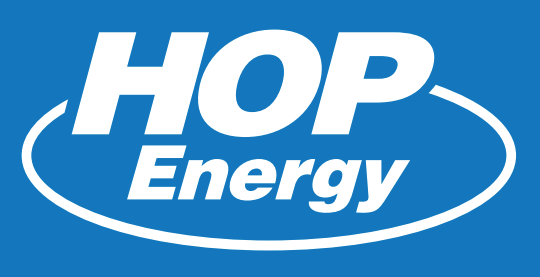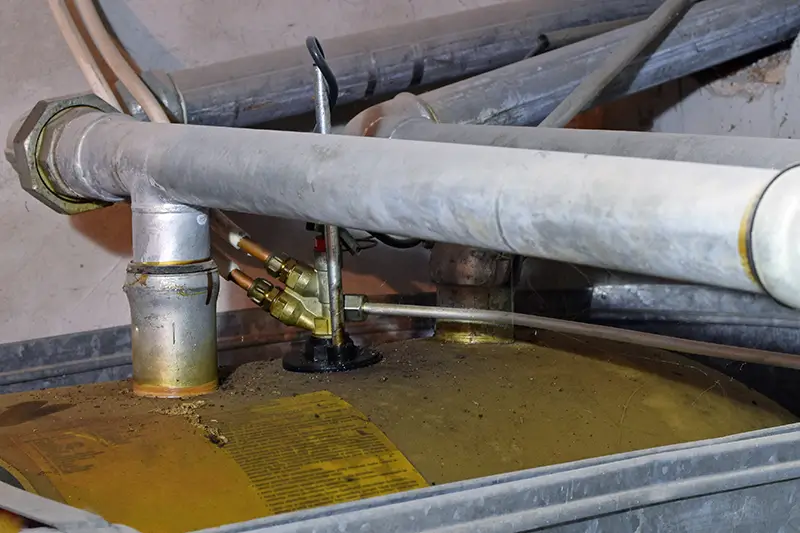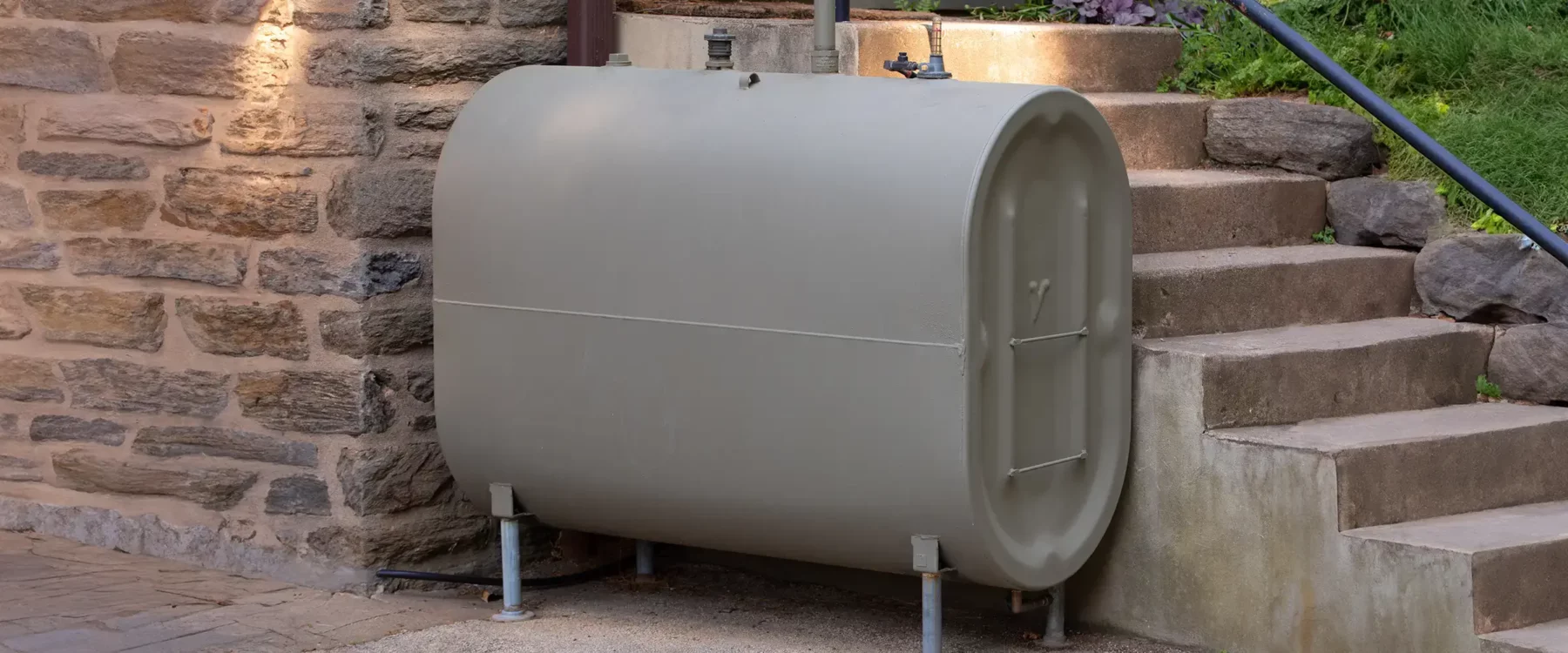For the 2024-2025 heating season, the outlook for home heating oil in the Northeast suggests that prices and demand will be impacted by several factors, including global crude oil prices, weather conditions, and inventory levels.
According to the U.S. Energy Information Administration (EIA), heating oil prices for this winter are expected to remain steady, possibly slightly lower, compared to last season due to recent declines in crude oil prices. Inventory levels are healthier than last winter, partly because of increased refinery output, while global crude prices have stabilized from previous highs, which could help moderate costs for consumers in the Northeast.
Table of Contents
EIA Forecast Overview for Crude Oil Prices
(Crude oil is the main raw material in heating oil production)
It is expected that the price of crude oil will average $78 per barrel (b) in 2025. In our forecast, lower crude oil prices largely reflect a reduction for global oil demand growth in 2025. Although the EIA has recently reduced their crude oil price forecast, crude oil prices have risen in recent days because of escalating conflict in the Middle East, raising the possibility of oil supply disruptions and further crude oil price increases. When crude oil prices rise due to global supply constraints, geopolitical tensions, or production cuts by major oil producers, heating oil prices typically increase as well. Refineries pass on these higher crude oil costs to consumers, especially in colder months when heating oil demand peaks. Conversely, when crude oil prices fall, heating oil prices often decrease, although regional factors like local demand, transportation costs, and inventory levels can still affect the final price for homeowners.
Weather conditions play a crucial role in heating oil demand
NOAA forecasts a milder-than-average winter for much of the U.S., which could further reduce heating oil demand in the Northeast. However, as colder spells are still possible, households may face occasional surges in heating oil use depending on local temperature patterns
In terms of supply, the Northeast’s heating oil market is somewhat insulated from major disruptions due to its established infrastructure and reserves, including the Northeast Home Heating Oil Reserve (NEHHOR). This reserve is designed to support emergency heating oil supplies and can buffer the market in case of supply interruptions, helping to prevent extreme price spikes during colder months. Regional home energy companies like HOP Energy also maintain large heating oil reserves to offer pricing protection and secure the availability.
Overall, the combination of stable crude prices, sufficient inventories, and a potentially milder winter suggests that heating oil costs for consumers in the Northeast could remain manageable this season. However, any unexpected geopolitical events impacting crude oil prices or severe cold spells could still lead to short-term price increases. Price-protecting your home heating oil can help you manage winter heating expenses by locking in rates before potential price spikes. This strategy offers budget stability, shielding you from volatile energy markets and unforeseen cost increases during colder months

Heating Oil & Electric Heat Pump Usage in the Northeast
Although declining in use, heating oil remains a popular energy source used for residential heating mostly in the Northeast. Combining the reliability of a heating oil heating system in extreme cold weather with a heat pump offers homeowners a cost-effective and energy-efficient heating solution. Heating oil provides high-output heat during the coldest days, while the heat pump efficiently warms the home in milder conditions, helping reduce overall heating costs and fuel consumption. This dual system allows homeowners to take advantage of the heat pump’s energy efficiency when outdoor temperatures are moderate, using the heating oil furnace or boiler only when necessary to maintain comfort in very cold weather. This setup can also extend the life of each system by reducing strain, lowering emissions, and offering greater resilience to fluctuating energy costs. Ask your local HOP Energy representative how a new high efficiency heating system can help you lower your annual energy expenses.
Northeast households that use Heating Oil VS. Electricity as the primary heating fuel as of October of each year.
Northeast Household | 2019 | 2020 | 2021 | 2022 | 2023 | 2024 | 5 Year % Change |
|---|---|---|---|---|---|---|---|
Heating Oil | 4,694,000 | 4,448,000 | 4,158,000 | 4,034,000 | 3,905,000 | 3,7666,000 | -25% |
Electricity | 3,509,000 | 3,681,000 | 3,962,000 | 3,979,000 | 4,049,000 | 4,193,000 | +19% |
Sources
U.S. Energy Information Administration, Winter Fuels Outlook https://www.eia.gov/outlooks/steo/report/perspectives/2024/10-winterfuels/article.php#tab4
For more in-depth insights, refer to EIA’s monthly Short-Term Energy Outlook report, updated regularly throughout the heating season.
.




















